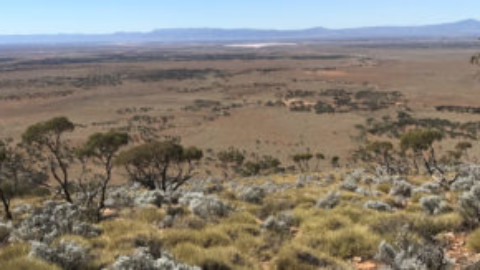According to Australian Energy Producers, the development of new gas supply as part of efforts to reach net zero will be essential to easing cost of living troubles for Australian households and businesses.
Australian Energy Producers has told the Future Gas Strategy consultation process that new supply was critical to helping avoid forecast shortfalls while putting downward pressure on prices.
“Natural gas provides secure, affordable energy with few viable alternatives available in industry today,” the group’s submission said.
“Government should prioritise least-cost energy and climate policies that reduce the burden and cost-of-living pressures on Australian households and businesses.”
Australian Energy Producers has used its submission to the Future Gas Strategy to highlight the ongoing demand for Australian gas and to call for government to plan for more gas production so the economic and emission reduction opportunities of the fuel under net zero can be secured.
The blueprint outlines how natural gas is supporting the roll-out of renewables in electricity as coal exits the system, powers major sectors such as manufacturing and mining to make products such as bricks and beer bottles, and can be critical to processing the critical minerals required to achieve net zero.
But a broader net zero role sees the industry also deliver new jobs and investment – kickstarting the cheapest low-carbon hydrogen pathway and enabling carbon capture, utilisation and storage (CCUS).
With domestic shortfalls predicted in coming years and LNG demand across Asia forecast to increase, Australian Energy Producers Chief Executive, Samantha McCulloch, said that the national strategy was welcome and should recognise the clear need for new natural gas supplies.
“New gas supply is the pathway to affordable and reliable energy for households and businesses,” Ms McCulloch said.
“Alternatives to gas – particularly in manufacturing and heavy industry – are in early stages of development and are far more expensive. We will be relying on gas for decades and failure to support investment in new supply will only drive up costs for Australian businesses.
“Policy settings should encourage investment while barriers such as the uncertainty gripping the broken offshore regulatory approvals system need to be removed.
“The Future Gas Strategy needs to provide clear policy direction for the development of the nation’s abundant gas supplies to deliver the domestic energy and economic security our industry is committed to and our country needs.
“But the strategy also needs to recognise the extraordinary economic benefits for Australians and emissions reductions opportunities for the world from coal-to-gas switching in Asia.
“This industry delivered $93 billion of LNG earnings last financial year – as well as over $16 billion in taxes and royalties to help fund public services and infrastructure and $45 billion in expenditure directly with Australian businesses.”
The Commonwealth estimates that Australian LNG can reduce emissions in importing Asian nations by 166Mt each year – a third of Australia’s annual total – if customers switch from higher emitting fuels.
Under the International Energy Agency’s Stated Policies Scenario, LNG imports into the Southeast Asian region are expected to multiply by a factor of ten by 2050 – adding demand for roughly the equivalent of Australia’s total current LNG exports over the period.
“Australia has a competitive advantage to use net zero to secure substantial economic and emission reduction benefits through natural gas while underpinning our domestic energy security,” Ms McCulloch said.
“Indonesia, for example, represents a US$10 billion LNG market under net zero in 2050 right on our doorstep.”
The release of the submission comes a day after an economic report found Australia will still need substantial gas production 26 years from now to ensure reliable and affordable energy in 2050, even under a net zero scenario.
The EY study, commissioned by Australian Energy Producers, found demand for Australian gas would be between 56 per cent of today’s levels and 35 per cent more than today’s levels across the pathways to net zero.
















